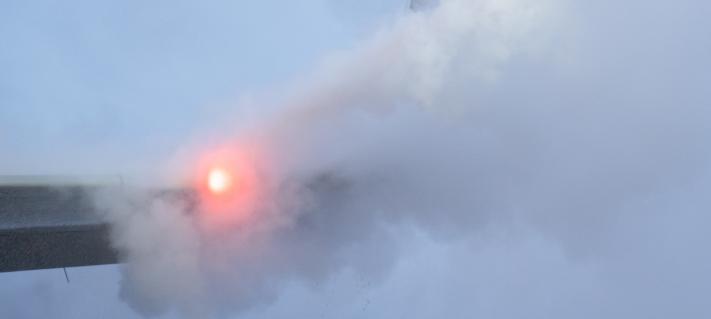Have you ever wondered how products that require cold storage are transported by air? We spoke to Heikki Salonen, Key Account Manager with COOL ID, about the practicalities of dealing with packages that are too cold to handle.
“Many different kinds of products require cold storage during transportation, from food items to tissues waiting to be transplanted to another human being. Medical products also often need carefully controlled temperatures during transportation,” Salonen describes. “However, because the cost of air transportation tends to be quite high, it’s usually only ever used when time is of the essence. To give an example, cargo planes full of fish regularly fly from Norway to Asia.”
“However, because the cost of air transportation tends to be quite high, it’s usually only ever used when time is of the essence."
Most of the items requiring cold storage are flown amidst the cargo carried by passenger planes, or on regular cargo planes. The items are packed in durable thermo boxes that are filled with cold gel or dry ice. “The key is to make sure the product is packed in a way that allows for delays in transportation, rough handling, and so on,” Salonen says.
As a rule of thumb, the larger the difference in temperature between the environment and the box, the more challenging the transportation. “All of our work comes with challenges but one of the most interesting cases we’ve had was bringing a piece of the Antarctic to a Finnish researcher working in a remote location in Southern France,” says Salonen.



